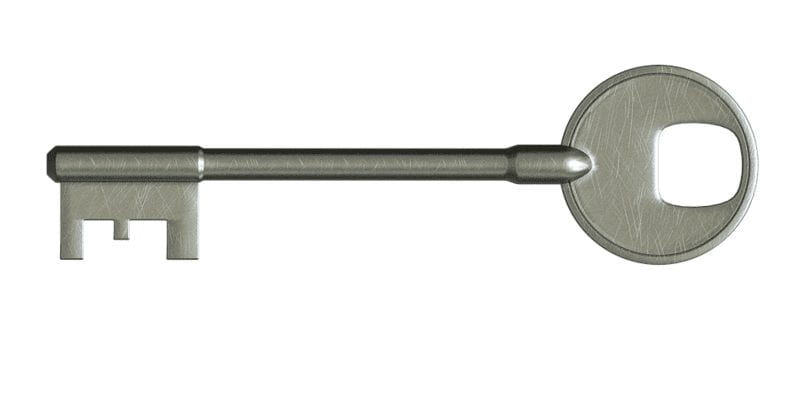The Essentials of Mobile Data Encryption

 It’s no secret that mobile devices have deeply permeated the workplace environment. The use of personal devices brings increased productivity as well as convenience for employees. However, personal devices also bring risk. Data can potentially be compromised by cybercriminals if a device is lost or stolen. For that reason, data encryption on personal mobile devices is imperative as a means to protect a company, its employees, and their sensitive data.
It’s no secret that mobile devices have deeply permeated the workplace environment. The use of personal devices brings increased productivity as well as convenience for employees. However, personal devices also bring risk. Data can potentially be compromised by cybercriminals if a device is lost or stolen. For that reason, data encryption on personal mobile devices is imperative as a means to protect a company, its employees, and their sensitive data.
While using personal devices can give employees a sense of comfort, they can often be lulled into a false sense of security because of this. Personal devices pose a significant risk in a business security sense. It’s easy for these devices to be lost or stolen, meaning that any personal or business data is at risk of being accessed by unauthorized parties. However, there is a way to mitigate that threat: mobile data encryption.
If a personal device is connected to the corporate network, it must have the same level of security that would be provided for a company-owned device. This is paramount for IT professionals in healthcare, for example, because HIPAA regulations recommend that all corporate documents and data that may contain protected health information be encrypted. Additionally, GDPR has regulated the need to handle customer data securely on any mobile devices that access it. It’s helpful to compile a list of government regulations relevant to your organization and use it to inform your enterprise mobile security approach, especially in regards to Bring Your Own Device (BYOD) policies.
Understanding the difference between data in transit and data at rest is also an important part of the encryption process. While it’s easy to conceptualize that communications can be intercepted without the use of strong authentication and encryption practices to protect them, it’s harder to understand how sensitive data located on a mobile device can be compromised unless it’s encrypted. When accessed, mobile device data that is unencrypted can yield critical financial, personal, or business information that must be secured. However, if access by cybercriminals results in a breach, companies can experience severe damage to their reputation, and be subject to expensive regulatory fines as well.
There are ways that businesses can better secure their staff’s personal devices. Organizations can determine which devices are in use, along with what data they have access to, as well as implement safeguards using a combination of security tools and policy. Let’s dive into some specific steps you can take to secure your employees’ personal devices:
Identify Which Devices Need Encryption
Though encryption is important, not all data needs to be encrypted. Additionally, not all devices work equally well with the same encryption tools. In order to evaluate your encryption needs, it’s helpful to create an extensive inventory of your mobile devices that access enterprise data first. This includes smartphones, laptops, and tablets. At that point, identify what data has to be encrypted, along with which tools are best for the job.
Use Strong Passwords and Authentication Procedures
Use long alphanumeric passwords to protect employee devices. In addition to this, if any BYOD participants have access to especially sensitive data, consider using biometric authentications for further security. However, remember that passwords are not uncrackable, and for that reason, it’s important to implement device-level encryption as a way to add another level of protection against potential threats.
Go Over Your BYOD Policy
A BYOD policy that doesn’t address the need for encryption specifically should be reviewed and updated. If your company chooses to begin encrypting data, this change should be explicitly communicated to any employees participating in the BYOD policy.
Think About Encryption for the Whole Data Lifecycle
It’s common for businesses to protect data in transit over virtual private networks and other kinds of encrypted communication. However, this level of protection is not always afforded to data at rest on a mobile device, despite the fact that this data is equally at risk of being compromised. Because of this, it’s helpful to map out the lifecycle of critical business data, taking steps to ensure it is secure throughout the entire process, on every device.
Protecting mobile data should be a primary concern of any business. Mobile data encryption is a viable option to mitigate the risk of data breaches on personal devices by adding an additional layer of protection. If mobile devices are a security concern for your organization, consider implementing data encryption to best protect your data, business, and employees.






















